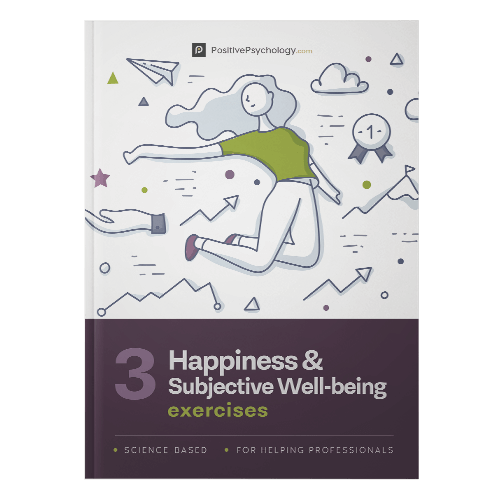The fascination with seemingly simple, yet oddly satisfying content on platforms such as social media and video-sharing sites raises intriguing questions about human psychology and neuroscience. This report synthesizes insights from various research articles to explore the neural mechanisms and psychological frameworks that explain why people are drawn to such content.
The Neuroscience of Pleasure
At the core of enjoying satisfying content lies the neurobiology of pleasure. Researchers Kringelbach and Berridge (2010) propose that pleasure is not merely a sensation or thought but is the result of specific brain activities in dedicated 'hedonic systems' located throughout the brain. These systems are involved in processing a range of pleasures, from basic sensory enjoyment—such as food and sex—to higher-order pleasures like artistic appreciation and altruism. The hedonic hotspots primarily include subcortical structures such as the nucleus accumbens and the ventral pallidum, as well as cortical areas including the orbitofrontal cortex, known for coding subjective experiences of pleasure[1][2].
The neural systems activated during pleasurable experiences also demonstrate significant overlap between simple sensory pleasures and more complex emotional rewards. For instance, similar circuits are engaged when one experiences joy from eating a favored dessert as when appreciating beautiful art[1][2]. This overlap suggests that the appeal of satisfying videos—such as those showcasing the mixing of colors or the perfection of a well-executed task—exploits the same neural pathways that govern sensory pleasure.
Psychological Channels of Enjoyment

The enjoyment derived from satisfying content may also stem from its ability to harness an individual's desire for emotional regulation and mood enhancement. According to mood management theory, people often seek media that helps them manage their emotional states, whether to amplify positive feelings or to distract from negativity[3][4]. This aligns with findings that shared experiences, which often do not yield a significant increase in enjoyment, are chosen primarily for the social connection they provide rather than their direct hedonic benefit[6].
Additionally, the appeal of these materials can be linked to the concept of Autonomous Sensory Meridian Response (ASMR). This is characterized by a tingling sensation some experience in response to specific auditory or visual stimuli, leading to profound relaxation[3]. Many satisfying videos, such as those featuring techniques in painting or crafting, create an ASMR effect through their rhythmic, meticulous movements and nuanced sounds, eliciting similar responses in viewers.
Social Connection and Shared Experiences
The human inclination toward shared experiences is profoundly tied to the drive for social connection. Psychology research supports the idea that shared moments amplify enjoyment and emotional responses[6]. Indeed, Keedy (2021) suggests that engaging with others, albeit virtually, satisfies an intrinsic need for connection—a motive that can outweigh any hedonic value derived from the experiences themselves. Individuals will often choose to share experiences not necessarily for the enjoyment but to foster meaningful social bonds[6].
Interestingly, Boothby et al. (2014) found that participants who shared experiences of both enjoyment and sorrow reported feeling those emotions more intensely compared to when they experienced those emotions alone. However, this increase did not always correspond with higher reports of enjoyment[6]. This indicates a complex relationship where social interaction enhances emotional experiences without necessarily improving personal enjoyment.
Aesthetic Preferences and Evolutionary Influences

The phenomenon of finding pleasure in orderly and aesthetically pleasing visuals is thought to be tied to evolutionary psychology. Humans may have developed preferences for symmetrical patterns and beautiful forms as a survival advantage, as these traits are often associated with health and viability[3]. Satisfying videos often include elements of symmetry and finesse, invoking a primal appreciation for balance and beauty that many find universally appealing, further driving engagement with content that delivers that “just right” feeling.
Conclusion
The science behind why we enjoy satisfying content encompasses a combination of intricate neurological, psychological, and evolutionary factors. Pleasure pathways engage both basic and complex emotions while shared experiences foster connections, amplifying feelings of joy and togetherness. Ultimately, the engagement with this type of content serves not solely as a fleeting distraction but as a means to fulfill deeper psychological needs for pleasure and social connection. As our understanding of these dynamics grows, so too may our appreciation for the simple content that allows us to experience pleasure in its many forms.
Get more accurate answers with Super Pandi, upload files, personalized discovery feed, save searches and contribute to the PandiPedia.
Let's look at alternatives:
- Modify the query.
- Start a new thread.
- Remove sources (if manually added).